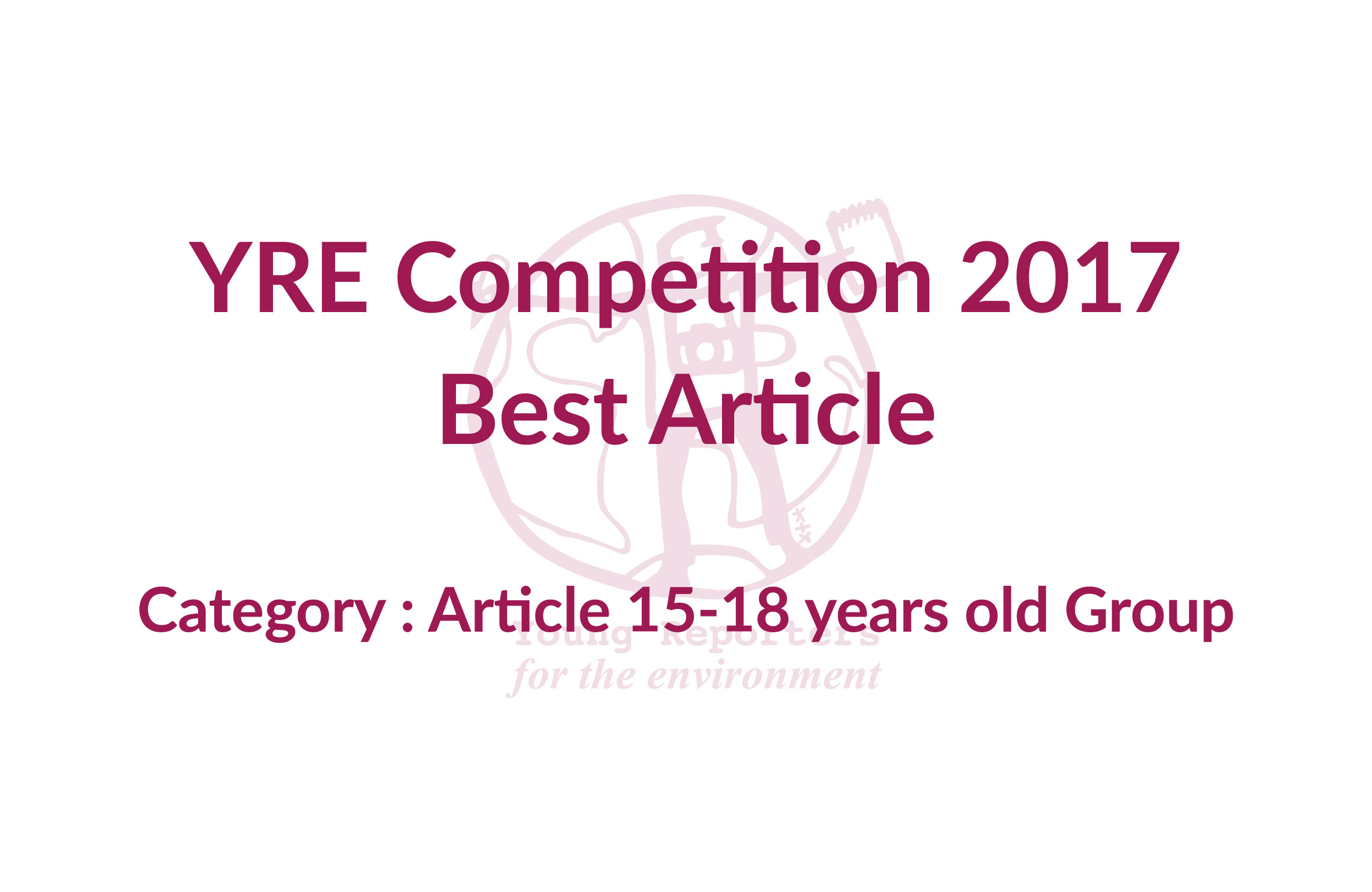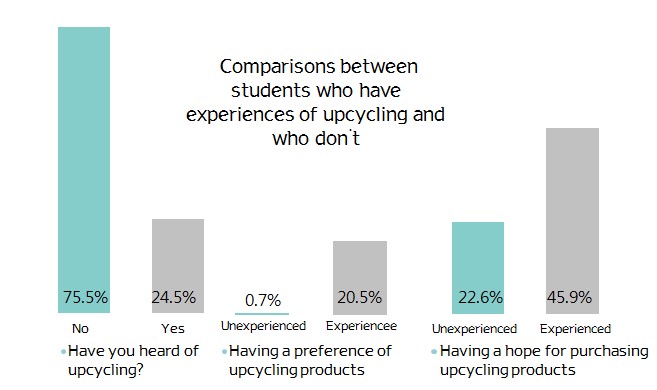Empowering young people to
take a stand
YRE - 국내대회수상작 · May 08, 2017
Category : article

YRE Competition 2017
Best Article
Category : Article 15-18 years old Group
As members of 'Science club Journalists Fellowship' of Chodang high school, we wrote this article in the school newspaper to promote this change.
“Recruiting new part time jobs!” and “comfortable housing sales or rent”, these phrases of advertising are very familiar to us in the street banners. Most people focus on these phrases, but they are not paying attention to the waste disposal procedures of the innumerable banners . Although these banners inform us various and useful information, the demolished banners are in a state of difficult to be treated. In the process of incineration, polyester which is the component of banners arouses air pollution, groundwater contamination, heavy metals release, poisonous pollutants and harmful gases. It takes a minimum of 50 years to decompose into landfill, and if you burn it, It causes toxic substance to arouse ultimately leads to environmental pollution. Since there is no answer how to handle demolished banners, other abandoned litters only cause bigger confusion. Particularly in the absence of a clean and efficient waste disposal scheme that does not pose harm to the environment, there is innovative topic, “up-cycling”.
Upcycling refers to the transformation of an object into a completely new value by adding imagination to an abandoned object. Upcycling literally signifies upgrade to recycling abandoned products. Because of this, upcycling is being considered a new, futuristic environmental-friendly concept within industry. Upcycling emerged due to the growing amount of garbage each year. Surprisingly, most of the wastes we throw away are not recyclable. Therefore, ‘up-cycling’ started with the movement of making use of wastes that could not be recycled for the environment. ‘Up-cycling’ became one of the ways in which we can overcome the limitations of recycling. In Songpa District, Korea, it used to cost 264 dollars per ton and 79000 dollars per year to collect and dispose of illegal banners, which cost about 300 tons per year. However, by upcycling the demolished banners to wrapping pots, cases of tissue, jumping ropes , and etc. , offering these to locals, it has contributed greatly not only to save the cost and but also to preserve the environment.
However, upcycling is not familiar to the public yet. In foreign countries the famous Swiss brand Freitag is a leading company for using upcycled products and have been recognized by local citizens and has an annual production number of about 300,000. As a stepping stone to these cases, various companies such as Eolkin, Cucliff liff and Touch for good, etc. are emerging in Korea to promote up-cycling. In addition, the size of the domestic cycling market has grown dramatically from 2.5bn KRW in 2013 to 4bn KRW in 2014 and it reached to 10 bn KRW in 2015. Moreover, there will be the biggest up-cycling town in the area of Janganpyeong in Seoul, Korea 2017. The government and municipalities are also helping to foster up-cycling related businesses. The up-cycling market will be more active and will grow quickly in the future.
In order to hear the specific stories of the domestic cycling companies, we interviewed 'CUCLIFF', which makes wallets and accessories using umbrellas that would be thrown out. Based on the corporate philosophy of "Revived value instead of incineration," Cucliff is making an umbrella from the discarded ones with an artistic sense. One of the most popular up-cycling products there is the light-weighted and small-sized wallet, which has high space utilization and a unique design. They said "We are now going into an era where the environment has the essential value and we are now making donations to the Green Union and planning an investment to the society that meets the brand concept of being an environmental enterprise.”
We conducted a survey on the thirds graders chodang high school seniors in order to compare students who have experience of upcycling with thoses who do not have any experience. First of all, 75.5 percent of the respondents said that they were unfamiliar with the idea how upcycling is completely unknown to the public. We then compared the differences of preference between them. Inexperienced students who believe that upcycling products are superior to those of existing goods, accounted for 0.7 % of inexperienced people, while experienced students accounted for approximately 29 times higher than 20.5 %. Students who desire to purchase upcycling products accounted for 22.6 % of inexperienced people, whereas 45.9% of experienced ones. The result of the survey revealed that the number of people who knew about upcycling shows the great strength of the upcycling industry.
Up-cycling can not only reduce the environmental pollution that occurs in garbage disposal but also help to become more useful. However, it is unfamiliar to people and we need educational, systematic, and economic efforts to activate up-cycling. For example, students can have basic education about up-cycling and environmental problem in school. Additionally, it is important for people to reconsider about basic concept of up-cycling and tax cut and subsidy support should be required.

Author : HyunJi An, LyeonEun Kim, SuYeon Kim, Dawon Choe, Hyunwoo Oh
Name of Group : Gyulhwawiji